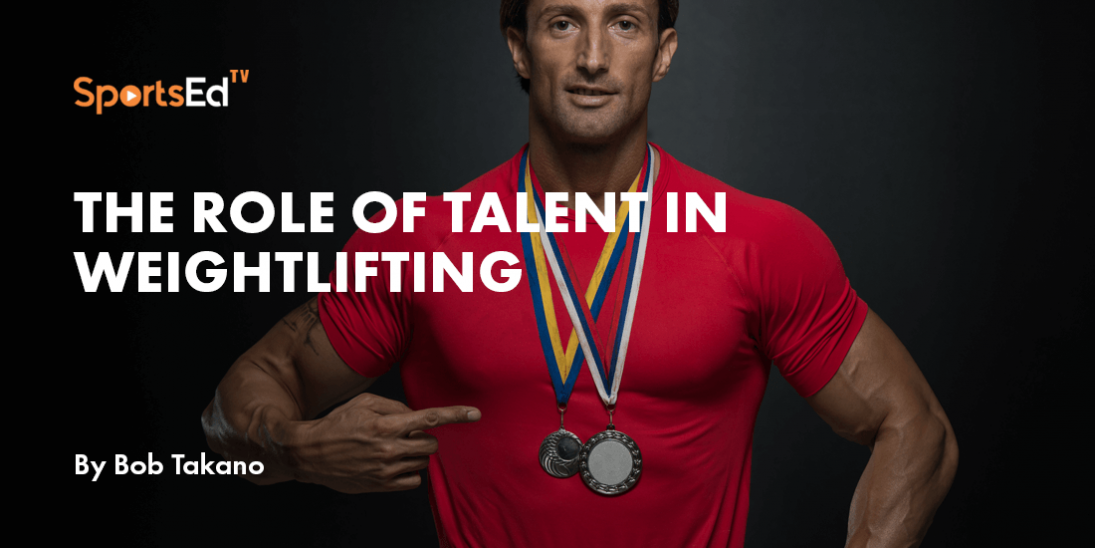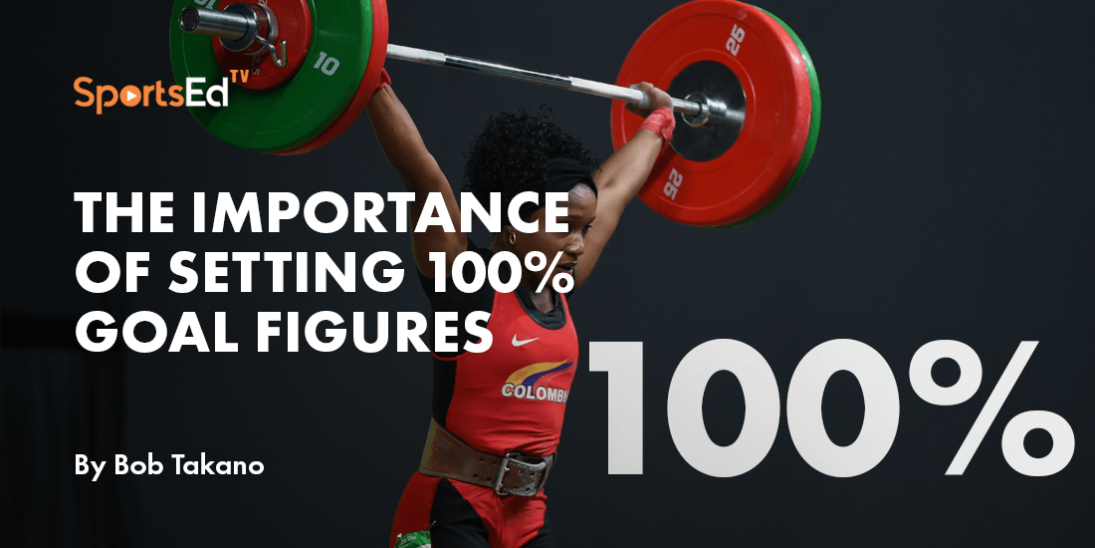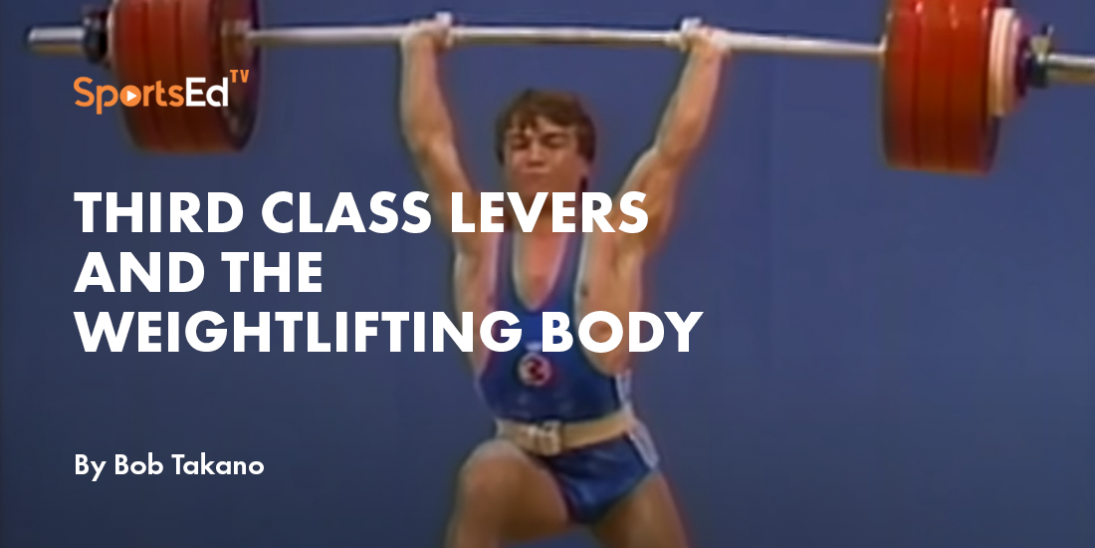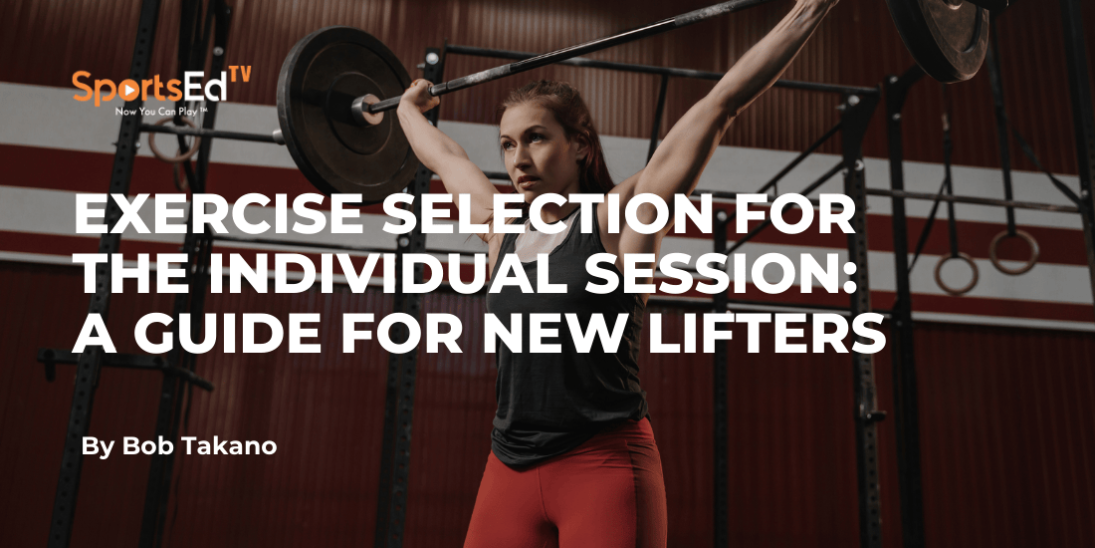Weightlifting
Welcome and thanks for visiting...

Qualities Needed To Be A Successful Weightlifter
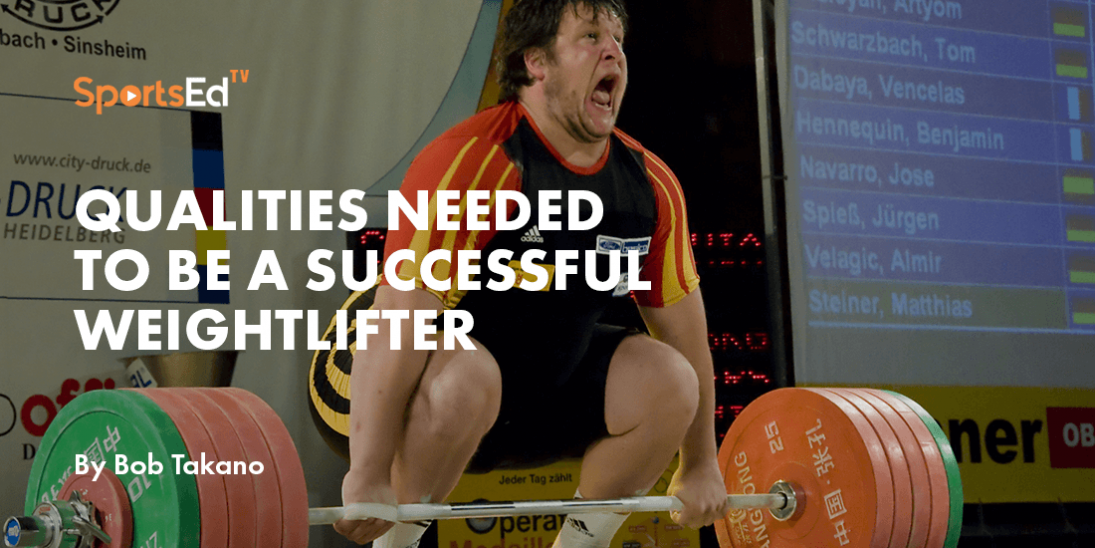
During my previous life as a teacher, it was not uncommon for other teachers to recommend candidates to my weightlifting program. Usually, they were kids who looked strong. Some of them were actually quite strong, but more often than not, they lacked other qualities that might help them become successful weightlifters. Those teachers would probably have saved themselves and me some time and effort if they knew what I was about to write about here.
Many beginning coaches or well-meaning parents get carried away with their weightlifting coaching by concentrating on how much weight is being lifted before the athlete is ready to perform maximal lifts. The same can be said about newcomers to the sport with respect to their own lifting progress. While the amount of weight lifted is the primary factor of concern with advanced lifters, there is a wide range of considerations that must be addressed for new lifters.
Before I go any further, I need to let the readership know that I am aware that there is a wide range of participant levels and abilities. We could be dealing with youngsters who have never been athletes to masters with a long history of participation in a different sport or with no history of athletic involvement at all. We’re not even considering the talent factor here, and that can be a major game-changer. So, there is no one size fits all. Optimal results will be reached on a case-by-case basis with an experienced coach, but that scenario could be considered a rarity.
Individual Non-specific Performance Skills
Weightlifting competition places the spotlight on the individual so, any development of individual performance skills is invaluable. Singing, public speaking, dancing, or solo sports backgrounds make for an easy transition to the competition platform. The best ones are those that actually raise their performance level under the glare of the spotlight.
Body Awareness
Kinesthesia or the ability to be aware of the relative location of all body parts simultaneously is an invaluable quality. Gymnastics, diving, grappling, and dancing are sports or performance activities that provide training of this quality. Dancing, especially, aids greatly in the mimicry skills that help with motor learning.
Shadow Lifting
Practicing correct lifting movement patterns and positions with a dowel or PVC pipe can be especially helpful in learning the positions involved in performing snatches and clean &; jerks.
Athleticism
Ground-based sports that include skill development are excellent introductory activities for developing weightlifters. These sports should teach the relaxation of antagonists. Activities of a game nature are also helpful for developing competitive instincts.
Explosiveness
Sprinting, jumping, and throwing drills develop footwork, which is a precursor to explosiveness. They also help develop an attitude of solving athletic problems through explosiveness.
Work Habits and Perseverance
Time management skills, perseverance, and the establishment of a daily regimen for hygiene will enable the athlete to prioritize the schedule which will lead to steady improvement.
WEIGHTLIFTING TRAINING
Technical Mastery
The goal of the competitive lifter should be technical mastery, as this is the key to lifting the most weight with the lowest chance of serious injury. While the previously mentioned shadow lifting is helpful for developing kinesthesia for successful performance, the technical proficiency deteriorates as the weight is increased. Most novice lifters will begin to show some technical deterioration at 85% and above. Advanced lifters might show some slight deterioration in technique at 98%, if at all. The goal is to perform at 100% with no technical flaws.
Competitive Skills
While the novice weightlifter may have developed competitive skills in other sports, the successful pathway moving forward will involve the development of weightlifting-specific competitive skills. This is largely the mindset of the athlete in the final weeks before the competition and then within the competition itself. The ability to deal with unexpected situations, the ability to deal with failure, and the ability to deal with success must all be mastered in order to keep the mind focused on the task at hand. A successful personal record snatch on a third or even second attempt can disrupt the focus for the remaining lifts. Conversely, a failure on an expected poundage cannot disrupt the following attempts. These skills can only be mastered through competing frequently.
Weightlifting Strength Training
Training to become the top weightlifter that one’s talent allows is a grueling proposition.
It is not the way sports training is characterized in popular media. It requires a great amount of perseverance and, ideally, training in the company of other motivated individuals. It requires lifestyle modifications and the ability to ignore the pain of exertion. Performing 4 sets of 4 reps at 80% in the snatch is grueling but it is even more daunting when realizing that the athlete must then perform 4 sets of 4+1 at 80% in the clean &; jerk. This might then be followed by a number of supplemental exercises. A novice would not be expected to complete this type of training. The ability to withstand this intensity and load of training must be developed through years of gradually increased loading.
All of the aforementioned qualities go into the development of a weightlifter seeking to fulfill his or her potential. It is much more than just lifting weights.




